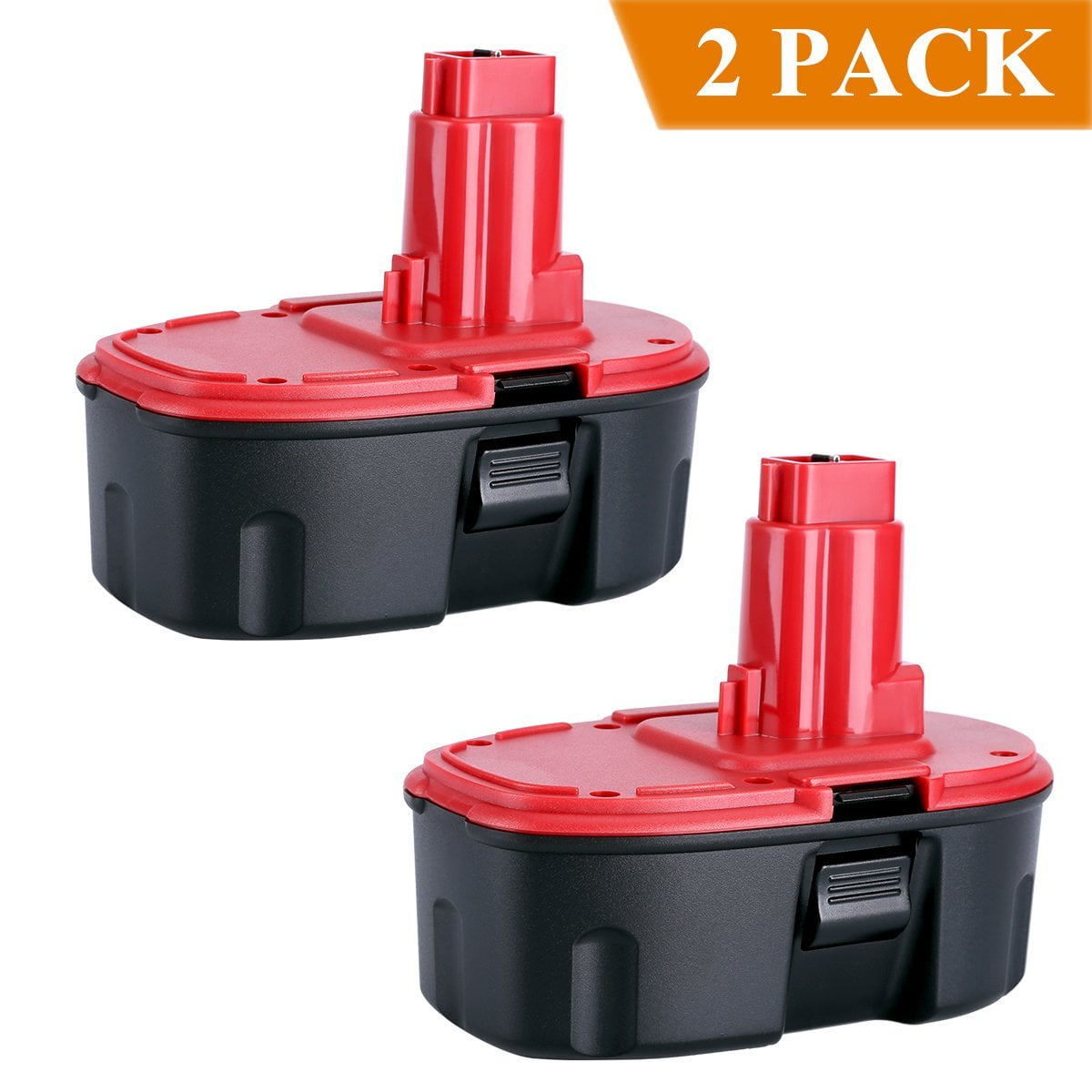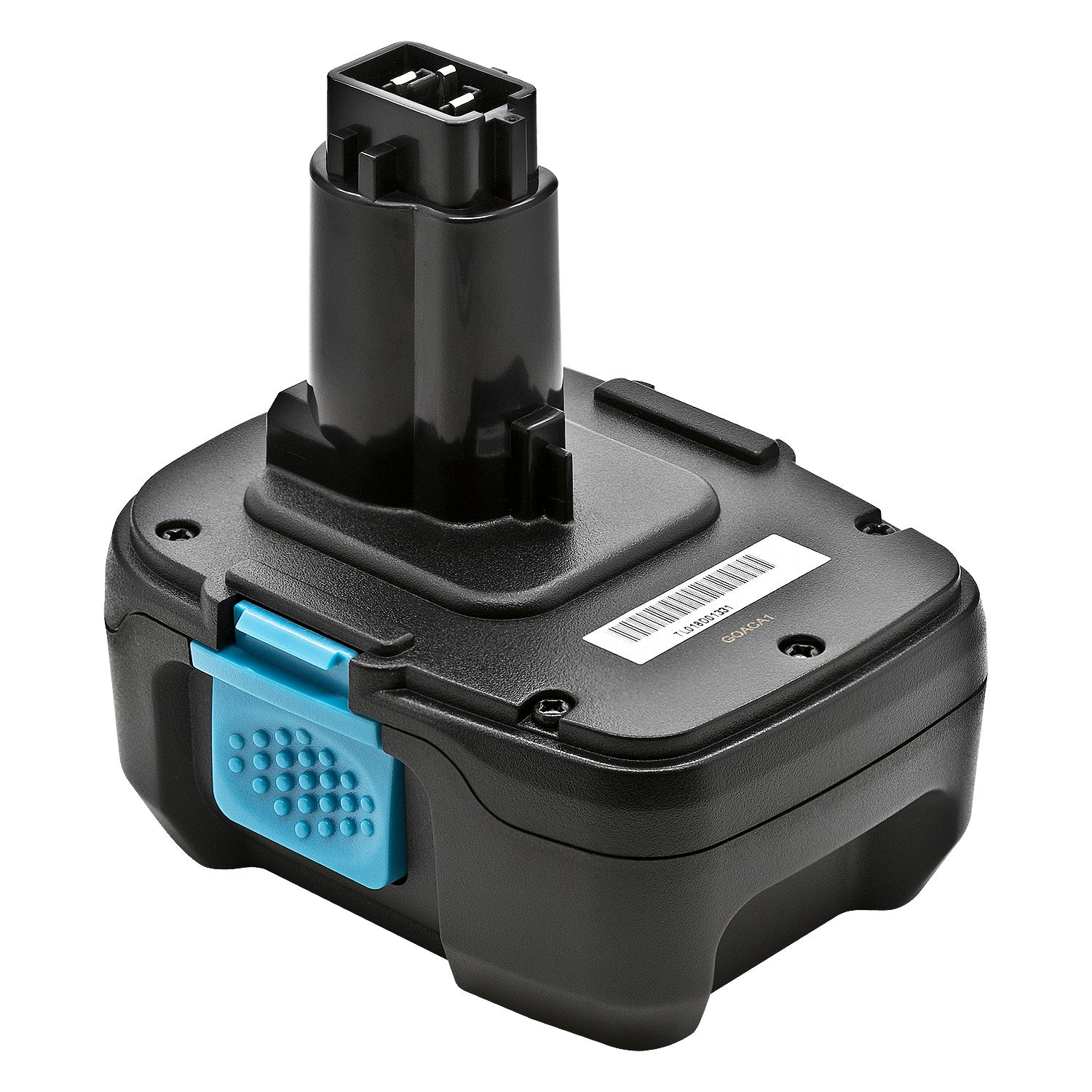

18 VOLT BATTERY SERIES
If the overvoltage is still of a concern then string about four diodes in forward series with the battery output. With a voltage above 18 V it would be the PWM that may complain before the motor does, as motors generally take a wide range of voltages, as long as they are not overstressed. So most of the time, you are operating at above 18 V. When the voltage drops to 18 V (non-relaxed) then only 19% of the energy remains in the battery. If it is non-LiFePO, then the voltage can be as high as 21 or 21.5 V (assuming again that the pack is a series of 5 cells). If the cells are LiFePO lithium-ion, then there is little to worry as its maximum voltage will be 3.6 V per cell, and assuming you are 5S, that will be the 18 V that you desire. It could also heat up beyond the normal levels if operated beyond the nominal voltage for a sustained amount of time, only the datasheet can help us. It's likely it supports higher voltages and simply output more power in a less efficient manner. Don't take this information for granted - try to find the datasheet of your battery pack and look for the discharge curve, or maximum charge voltage.Īs for whether your motor supports that higher voltage, again I would suggest digging a datasheet. In such a scenario, if your charger can fully charge each cell to its maximum voltage, you could potentially reach 21V. This is a pure assumption from my part based on the info you provided.

If you have an 18V Lithum-Ion battery pack, it sounds like 5x3.6V nominal cells in series. When making a battery back, you can arrange cells in series to increase the voltage. It depends on several factors, the main ones being residual charge, temperature, age and the instantaneous current flowing to/from the battery.Ī Lithium-Ion cell may be rated 3.6V, but it will be at 4.2V when fully charged, and keep functioning without causing irreversible damage down to 3.0V (lower, in fact, but there is really no point bringing a battery that low as the slope of the discharge is really steep at that point). The voltage across a Lithium Ion battery (and most other technologies for that matter) is not constant. If the motor's lightly loaded, (determine that by measurisg its current) it'll probably be fine.Īnd if you're still worried, limit the PWM controller to 80% duty cycle when the battery is fresh. If the motor's this heavily loaded, then the overvoltage supplies excess current, resulting in more heat and more damage.

Loading a motor enough to slow it down, makes it draw a high current, which dissipates a lot of power in its winding resistance, and the high current can also burn out the brushes, melt the commutator, etc. Now in combination with a heavily loaded motor, that's a different matter. And if it's a particularly high performance motor, that overspeed can overstress bearings or add to brush wear, or destroy the rotor through centrifugal force, but otherwise it's unlikely to do any harm, unless the motor is heavily loaded. Now at hundreds of volts, you have to worry about exceeding the insulation breakdown voltage, but not at 21V. Brushless motors tend to be even tougher, but their controllers may be another matter.Ī moderate overvoltage won't normally kill a motor, just slightly overspeed it. You don't tell us anything about the motor, but brushed motors are pretty tough.


 0 kommentar(er)
0 kommentar(er)
